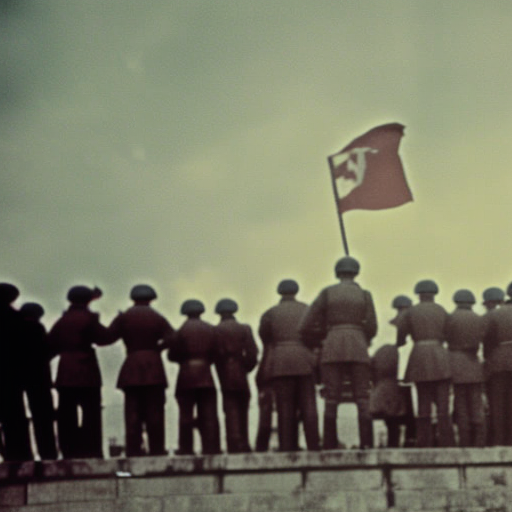Summary:
The Communist uprising of 1935 was a significant event in the history of the Communist Party of the United States (CPUSA). It marked a turning point in the party’s strategy and tactics, as well as its relationship with the American working class and the broader political landscape. The uprising was an attempt by the CPUSA to mobilize the working class and challenge the capitalist system during the Great Depression. Despite its ultimate failure, the uprising had lasting effects on the party and the labor movement in the United States.
Background:
The Great Depression had a profound impact on American society, leading to widespread unemployment, poverty, and social unrest. The CPUSA saw this as an opportunity to gain support among the working class and advance its revolutionary agenda. The party believed that the economic crisis would create conditions favorable for a socialist revolution.
Planning and Preparation:
In the years leading up to the uprising, the CPUSA focused on organizing industrial workers and building alliances with other left-wing groups. The party also sought to influence the labor movement by advocating for more militant tactics and promoting the idea of class struggle. The CPUSA believed that a successful uprising would require a broad-based coalition of workers, farmers, and other oppressed groups.
The Uprising:
The Communist uprising of 1935 began on July 1, when thousands of workers in several major cities went on strike and engaged in mass demonstrations. The CPUSA called for the overthrow of the capitalist system and the establishment of a socialist society. The party’s goal was to create a revolutionary situation that would force the government to make concessions to the working class.
Government Response:
The government responded to the uprising with a combination of repression and concessions. Law enforcement agencies cracked down on the striking workers and arrested many Communist leaders. At the same time, the government implemented some reforms to address the grievances of the working class, such as the passage of the National Labor Relations Act, which protected workers’ rights to organize and bargain collectively.
Legacy:
The Communist uprising of 1935 had a profound impact on the CPUSA and the labor movement in the United States. The party’s strategy of organizing industrial workers and advocating for more militant tactics became more influential within the labor movement. However, the government’s repression and the failure of the uprising led to a decline in the party’s influence and membership.
Conclusion:
The Communist uprising of 1935 was a significant event in the history of the CPUSA and the labor movement in the United States. It marked a turning point in the party’s strategy and tactics, as well as its relationship with the American working class. Despite its failure, the uprising had lasting effects on the party and the labor movement, shaping their future direction and influencing the broader political landscape.












